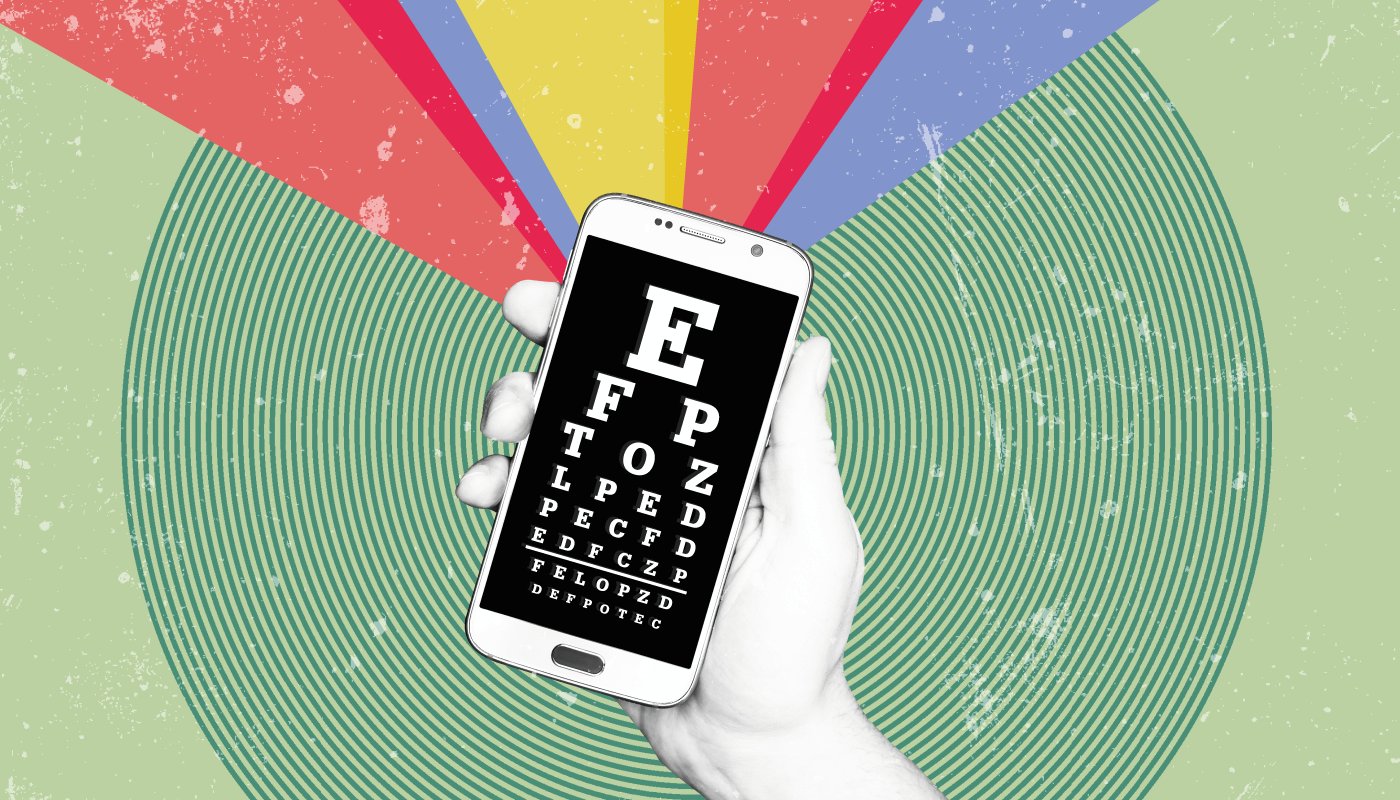
Many low- and middle-income areas of the world have insufficient eye care provisions to meet the minimum requirements set out by WHO, which leads to many people unnecessarily becoming or remaining visually impaired. Now, a smartphone app has almost tripled the number of people attending ophthalmic primary care appointments within the Kenyan Trans Nzoia County community. The Peek Community Eye Health system uses smartphone-based vision screening and referrals – allowing community volunteers to go door-to-door and perform initial eye screenings with the decision-guiding app. Any eye problems identified at this stage result in an automatic referral for follow-up appointments, supported by SMS reminders to maximize patient attendance and treatment. This has improved access to care and maximized the time hospitals have to spend on serious cases – more effectively managing ophthalmologists’ limited time.
References
- H Rono et al., Lancet Digital Health, 3, e414 (2021). PMID: 34167763.
